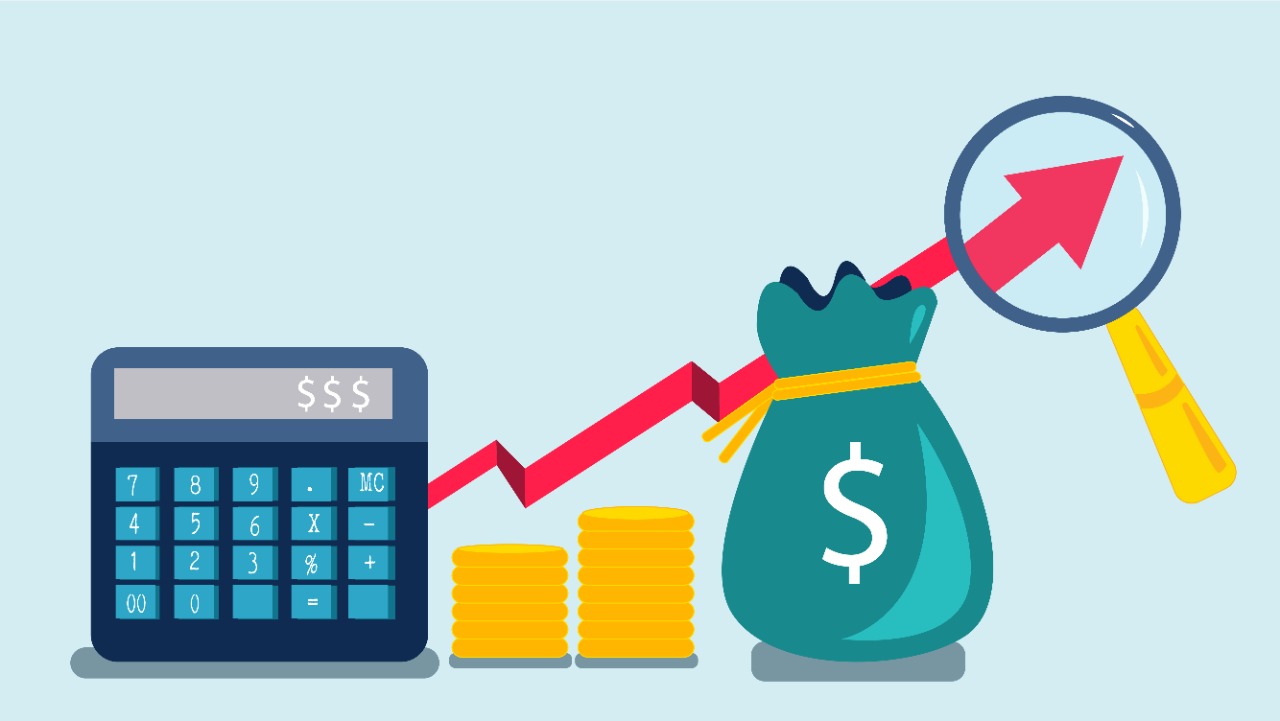
Profit, simply put, is the money left in a business after factoring in all costs to run that business. Profits are the rewards that businessmen achieve when they take on a new adventure/ business. Profits are the biggest motivation for the people who are running a business and it determines whether the company will stay in business or not.
For any company to stay in business in the long run they need to make profits consistently. Profits are the lifeline of any enterprise. There are various types and ways to evaluate profits. Some of them are as follows:
1. Gross Profits: Gross Profit is the revenue left to fund your business after paying for the cost of creating your product or service. These include all the costs that are directly attributable to producing the goods and services. It doesn't include Admin and other related costs of running a business.
2. Operating Profits: Operating Profit is the revenue left after accounting for the cost of producing your product or service and the cost of running your business. Operating expenses include things like rent, marketing, payroll, insurance, equipment, depreciation, and administrative tools. These include all admin related expenses of the entity. However, it does not include the interest payments and tax expenditures of the companies.
3. Net Profits: Net profit is the revenue left once you take away all costs, taxes, and interest. Theses are the real income or money left solely for the equity shareholders and preference shareholders.
The above-stated profits make up what is called as accounting profits.
4. Accounting Profits:
In an accounting context, the excess of revenues earned overall paid costs, including manufacturing and overhead expenses, are called as profit. The accounting profit can be calculated as
Accounting Profit = TR – (W+ R+ I+ M)
Where:
TR = Total Revenue
W = Wages and Salaries
R = Rent
I = Interest
M = Cost of Materials
However, the flaw with accounting profits is that there is no consideration of the opportunity cost that is being incurred in the same. This problem is solved by calculating economic profits.
5. Economic Profits:
The economic profit differs from the accounting profit in the sense, it takes into account the implicit or imputed cost while calculating the profit of a firm. The implicit cost is called an opportunity cost. The opportunity cost is the income foregone that could be made from the use of the second-best alternative. Such as, if an entrepreneur uses his capital in his own business, he foregoes the dividend which would have been earned by purchasing the shares of another company.
The economic profit is also called as a pure profit. The pure profit makes the provisions for depreciation, insurable risks, and necessary minimum payments to the shareholder so that they do not withdraw from the capital. Thus, pure profit is the residual left after all the contractual costs Viz. Transfer cost of management, depreciation, insurable risks, payment to shareholders, have been met. The analysis of profits helps companies realize areas where they require more improvements and need to be looked at. They help in making a lot of decisions by the management and the future of the company.
There are two ways companies can increase profits and it all boils down to only these two factors:
Increasing Revenue:
Revenue can be increased by raising prices, increasing the number of customers, or expanding the number of products sold to each customer. Raising prices will increase revenue if there is enough demand. Customers must want the product enough to pay higher prices.
Increasing the number of customers can be expensive. It requires more marketing and sales. Expanding the number of products sold to each customer is less expensive. The trick is to understand your customer well enough to know which related products they might want.
Cutting Costs:
Lowering costs is a good method up to a point. It makes a company more efficient and thus more competitive. Once costs are down, the business can reduce prices to steal business from its competitors. It can also use this efficiency to improve service and react more quickly.
Companies that want to quickly increase profits will lay off workers. This is dangerous. Over time, the company will lose valuable skills and knowledge. If enough companies do this, it can lead to an economic downturn. There wouldn't enough workers earning good wages to drive demand. The same thing happens when businesses outsource jobs to low-cost countries.
The reason why profits play such an important part of an entity’s future is that they have a direct correlation with the market price of the company. Profits have great power to influence the price of a company as explained below.
Profits are also known as earnings. Public corporations that are listed on the stock market announce them every three months in quarterly reports. That occurs during the earnings season. They also forecast future earnings. Earnings season significantly affects how the stock market does. If earnings are higher than forecast, the company's stock price rises. If earnings are lower than expected, prices will drop.
Conclusion:
Profits are a great indicator of the health of a company. Even though in recent times we have seen huge loss-making companies like Amazon and Tesla to be relatively successful. In the long run, they do need to make profits to survive in the market. Profits have a direct correlation with the market price of a share and will always have a great influence on it. Despite all these complexities and all its types profit is still one of the oldest and best ways to evaluate a company.

Amazing ✌🏻✌🏻